Month to Month – Countrywide
What to do in your garden during September
Plant & sow
Annuals
Sow seed of summer annuals like amaranthus, begonias, coleus, cornflowers, cosmos, dianthus, impatiens, lobelias, marigolds and nicotianas; also herbs.
Sowing now will ensure flowers in summer, depending on what you sow you can expect blooms anywhere from 12 to 15 weeks and onwards. The following annuals or seedlings can be sown in September:
-
 Salvia officinalis (Sage)
Salvia officinalis (Sage) -
 Tagetes erecta (Marigold, african marigold)
Tagetes erecta (Marigold, african marigold) -
 Dianthus (Carnation, Pink)
Dianthus (Carnation, Pink) -
 Linum grandiflorum (Flax)
Linum grandiflorum (Flax) -
 Centaurea cyanus (Cornflower)
Centaurea cyanus (Cornflower) -
 Amaranthus tricolor (Joseph’s coat)
Amaranthus tricolor (Joseph’s coat) -
 Cosmos bipinnatus (Cosmos)
Cosmos bipinnatus (Cosmos) -
 Antirrhinum species (Snapdragons, Dragon flowers)
Antirrhinum species (Snapdragons, Dragon flowers) -
 Begonia Species (Begonia)
Begonia Species (Begonia) -
 Impatiens (Balsam, Busy lizzie, Water Fuchsia)
Impatiens (Balsam, Busy lizzie, Water Fuchsia) -
 Nicotiana alata (Tobacco plant)
Nicotiana alata (Tobacco plant)
Sow these seeds in a greenhouse now for Summer flowering:
These annuals or seedlings can be planted out from trays in September:
Herbs & Vegetables
More permanent crops to plant now in the vegetable garden:
Jerusalem artichoke (Helianthus tuberoses) can also be planted now. They are frost hardy, quick growing, prefer full sun and tolerate a variety of soils. The tuber is edible and the attractive yellow flowers and growth habit make it an effective screening plant.
Garlic can also be planted now, separate and plant them about 75 mm deep in well-drained fertile soil. Remove flowers as they appear and harvest once the foliage turns yellow.
Follow these tips when sowing vegetables during September:
- Prepare for the summer veggie patch by sowing tomatoes, peppers, brinjals and lettuce in seed trays.
- Water regularly and inspect often until ready for transplanting in about a month to two.
- Carrots and beans can also be sown now but don’t bother using seed trays they are happily sown directly into the beds.
- Sow peas directly into the soil during August, sow thickly and thin out after germination, the germination rate is normally high depending on seed quality but beware of rats, mice, birds and the evil cutworm, they easily destroy seeds and young succulent seedlings.
- Start sowing salad crops now, remember to sow in regular successions to ensure they mature in accordance with harvesting requirements.
In warmer or frost-free areas plant:
-
 Allium cepa (Onions)
Allium cepa (Onions) -
 Phaseolus vulgaris (Beans (dwarf/green), French beans)
Phaseolus vulgaris (Beans (dwarf/green), French beans) -
 Lycopersicon esculentum (Tomatoes)
Lycopersicon esculentum (Tomatoes) -
 Cucurbita pepo var. pepo (Gem squash)
Cucurbita pepo var. pepo (Gem squash) -
 Cucurbita maxima (Pumpkins)
Cucurbita maxima (Pumpkins) -
 Daucus carota (Carrots)
Daucus carota (Carrots) -
 Cucumis sativus (Cucumbers)
Cucumis sativus (Cucumbers) -
 Capsicum annuum var. longum,C. frutescens (Hot peppers)
Capsicum annuum var. longum,C. frutescens (Hot peppers) -
 Capsicum annuum var. longum, C. var. annuum (Sweet peppers)
Capsicum annuum var. longum, C. var. annuum (Sweet peppers) -
 Brassica oleracea var. capitata (Cabbages)
Brassica oleracea var. capitata (Cabbages) -
 Brassica campestris var. rapa (Turnips)
Brassica campestris var. rapa (Turnips)
- These can be grown in cooler areas but demand protection and won’t bear as well as plants grown in warmer areas of the country.
In cooler areas plant:
Shrubs & Perennials
September is a great time for planting almost anything, visit your local nursery or home improvement store and have a look at what’s available.
- Clematis can also be planted now, remember they do best with cool soil temperatures.
- Now is a great time to plant Camellias. They love well-drained soil with slightly acidic soil. Add some pine needles and a good handful of bone meal to the planting hole. Camellias do extremely well in containers so keep this in mind when planting up the patio.
- Rhododendrons, also known as Azaleas can also be planted now, but don’t plant them too deep. They produce surface roots which don’t like being buried too deep. Azaleas also make great container specimens.
- Osteospermum daisies, Pelargoniums, Wallflowers and Diascias as well as Poinsettias and Calliandra are in full flower during September and can all be planted now.
- Aquilegias can also be planted this month for a spectacular show in springtime.
- Spring is also a good time to plant fruit trees, they need pruning now as well.
-
 Pelargonium species (Geranium, Pelargonium)
Pelargonium species (Geranium, Pelargonium) -
 Aquilegia vulgaris ‘McKana’ (Granny’s bonnet)
Aquilegia vulgaris ‘McKana’ (Granny’s bonnet) -
 Camellia japonica (Camellia)
Camellia japonica (Camellia) -
 Cheiranthus cheiri (Wallflower)
Cheiranthus cheiri (Wallflower) -
 Clematis brachiata (Traveller’s joy, wild clematis)
Clematis brachiata (Traveller’s joy, wild clematis) -
 Dimorphotheca ecklonis (=Osteospermum ecklonis) (Cape marguerite, Sunday’s River daisy)
Dimorphotheca ecklonis (=Osteospermum ecklonis) (Cape marguerite, Sunday’s River daisy) -
 Diascia integerrima (Twinspur)
Diascia integerrima (Twinspur) -
 Euphorbia pulcherrima (Poinsettia)
Euphorbia pulcherrima (Poinsettia) -
 Calliandra brevipes (Shuttlecock, pink powderpuff)
Calliandra brevipes (Shuttlecock, pink powderpuff) -
 Rhododendron x hybrids (Rhododendrons, azaleas)
Rhododendron x hybrids (Rhododendrons, azaleas)
Roses
- Whether it be floribundas, standards or hybrid tea’s now is a great time for planting roses. Make sure you dig large planting holes, add plenty of organic matter and a splash of the trusty bone meal. These guys tend to be fussy when it comes to their roots. Remember to water well before and after planting and make sure you have good drainage, roses hate wet feet. Remember to dig the holes nice and deep.
Bulbs
- Plant summer-flowering bulbs, such as arum lilies and flame lilies, that were not planted last month.
- Planting in early spring means you can expect flowers from around mid-summer onwards. In colder areas, to be safe, wait till the end of the month to make sure severe frost has passed.
Bulbs to be planted now and throughout spring:
-
 Zantedeschia species (Arum lilies, Calla lilies, Pig lily)
Zantedeschia species (Arum lilies, Calla lilies, Pig lily) -
 Lilium species (Lily)
Lilium species (Lily) -
 Canna Species (Indian shot)
Canna Species (Indian shot) -
 Liatris pycnostachya (Gay feather)
Liatris pycnostachya (Gay feather) -
 Tigridia pavonia x hybrids (Mexican shell flower, tiger flower)
Tigridia pavonia x hybrids (Mexican shell flower, tiger flower) -
 Polianthes tuberosa x hybrids (Tuberose)
Polianthes tuberosa x hybrids (Tuberose) -
 Hymenocallis narcissiflora x hybrids (Spider lily)
Hymenocallis narcissiflora x hybrids (Spider lily) -
 Eucomis autumnalis (Pineapple lily)
Eucomis autumnalis (Pineapple lily) -
 Dahlia x hybrids (Dahlia)
Dahlia x hybrids (Dahlia) -
 Begonia x hybrids (Tuberous begonia)
Begonia x hybrids (Tuberous begonia) -
 Amaryllis belladonna (Belladonna lily, March lily)
Amaryllis belladonna (Belladonna lily, March lily)
- In winter frost areas such as Gauteng and the Free State, gladioli corms can be planted at a 10cm depth now, apply a with liquid fertilizer as soon as foliage appears.
View one of our regional maintenance guides for more accurate suggestions.

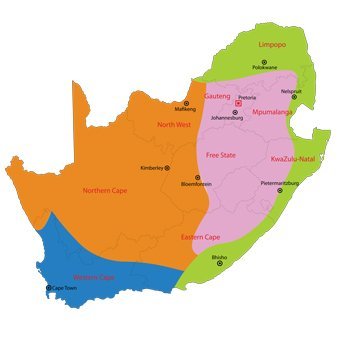


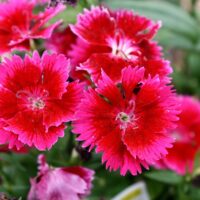
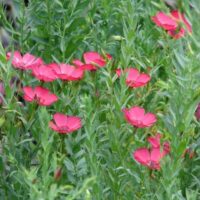



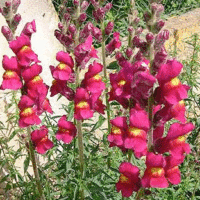



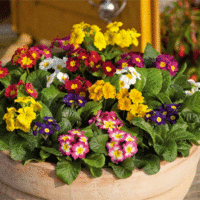
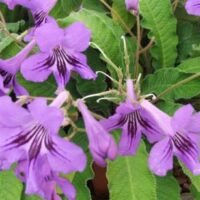
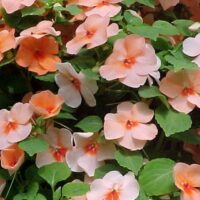

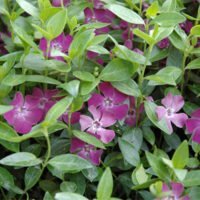

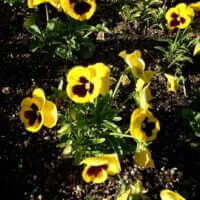


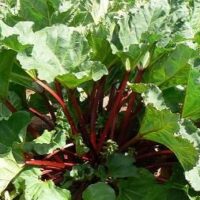


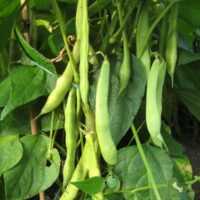
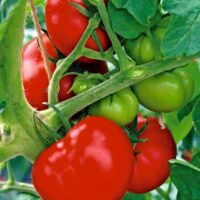
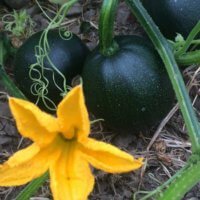
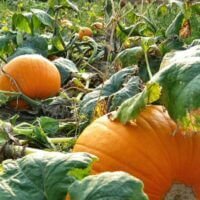
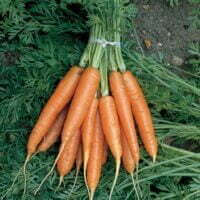
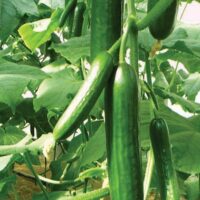
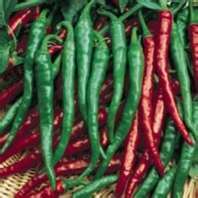



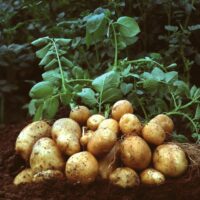
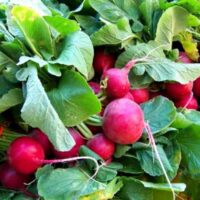




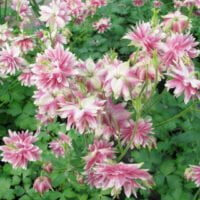
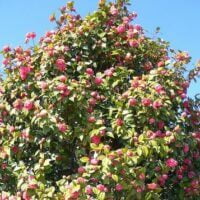

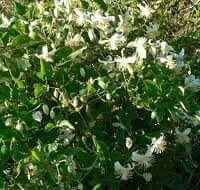
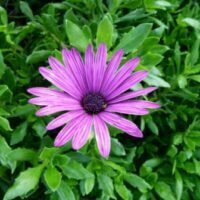

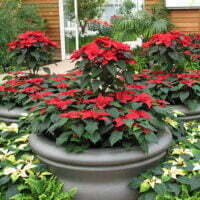



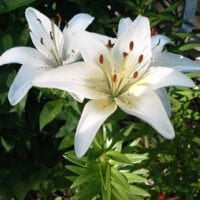




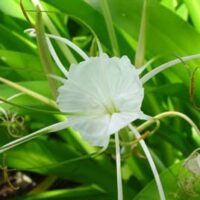


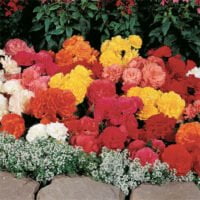
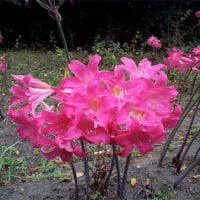
Thank you for the good advice